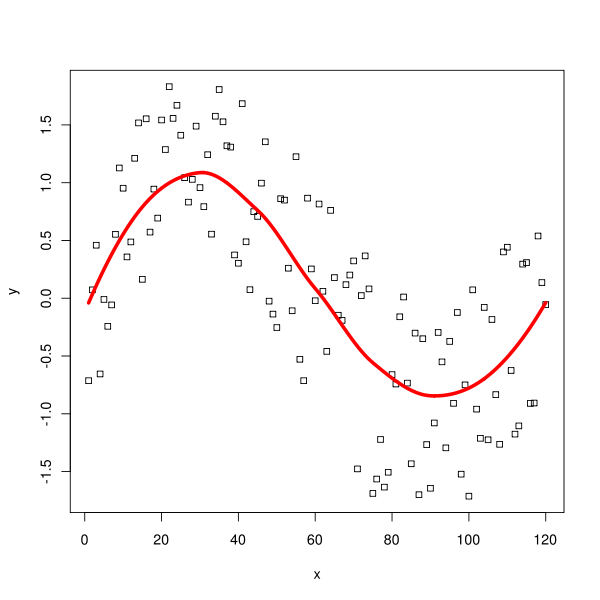Numerical integration may reduce noise under some conditions: the noise is zero-average, ergodic, its properties do not vary too much over time. Since numerical integration seems linear, pre-filtering the acceleration with a linear filter, or post-filtering after integration are likely to yield very similar results (up to border effects), since linear operations commute.
The separation of a useful signal from a complicated drift is a complicated topic, without further information of the signal, the noise, and the drift. These are a few venues you can use, alone or combined, to improve your signal:
- filter the acceleration with more efficient (nonlinear) filters. For signals with time dynamics, Kalman filters may embed integration drift (Kalman filter: Modeling integration drift). In econometrics, people use a family of Holt-Winters filters to smooth or extrapolate time series with noise, drift or seasonality.
- use more advanced numerical integration methods, like Simpson that can filter more noise or taking into account the dynamics, see for instance in Direct numerical integration methods, the Wilson Theta method:
the Wilson Theta method assumes that the acceleration of the system varies linearly between two instants of time
- post-correct the drift (called trend, wander, baseline in other domains), with specific techniques based on sparsity of derivatives (BEADS: baseline placement) or using piecewise linear models like LOWESS:
 .
.
